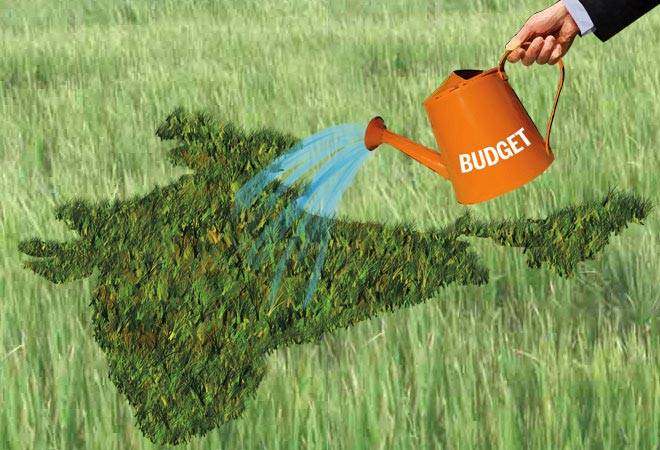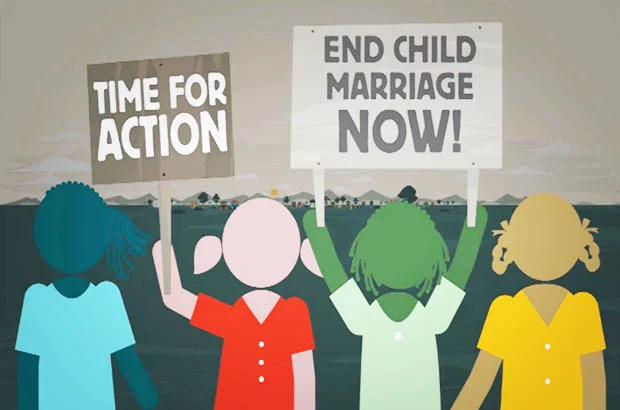This year’s budget is everything but fact specific. Facts had seen a controversial reality in the Modi regime. While the ‘pyaare watan of Kashmir’ made an unusual flowery presence in the budgetary speech, with various symbols of IOK being reproduced and the youth being celebrated, numbers are all but ‘lies’. That’s what professor Jayati Ghosh reiterated at a conference in Maharashtra where she said the government had highhandedly reduced allocation in crucial spheres of socioeconomic development like agriculture, employment guarantee, food, health and education.
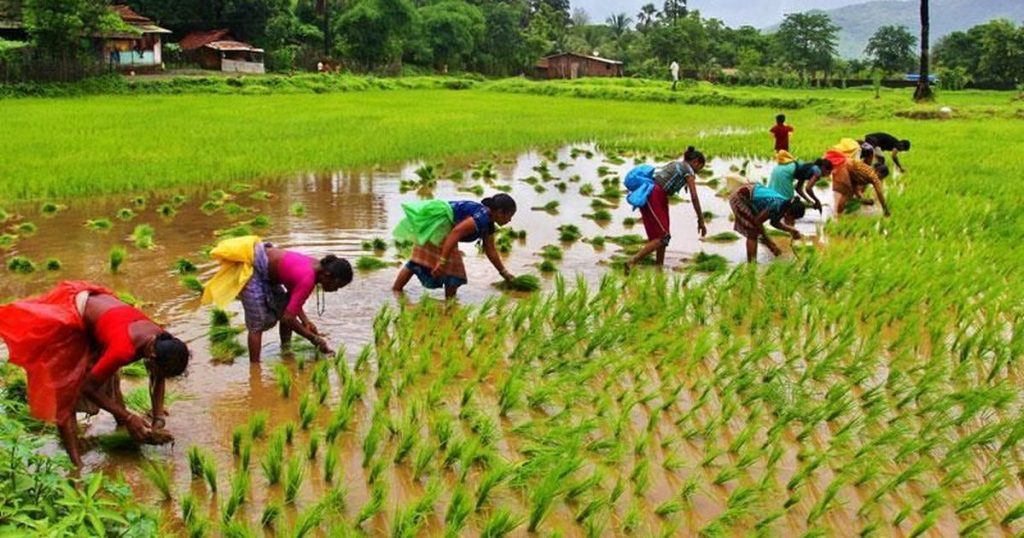
Moreover the government had merely worked on the data available only till December and not March 2020, which will ideally mark the end of the financial year. Ghosh warns they have been bluntly estimating the results for the remaining three months and hence the data is far from reliable. The campuses across India are rocking with protests arising out of non payment of stipends, contractualisation of jobs, unprecedented fee hike, government intervention in curriculum setting and this list goes on. The present government is the most interventionist in the recent decade but the nature of its intervention hasn’t bettered situations. Its intervention is selective. ‘Make In India’, ‘Beti Bachao Beti Padao’, ‘Swachh Bharat’…the phrases become catchier each year without any noticeable enhancement and outcome specific approach.
The present government is the most interventionist in the recent decade but the nature of its intervention hasn’t bettered situations. Its intervention is selective. ‘Make In India’, ‘Beti Bachao Beti Padao’, ‘Swachh Bharat’…the phrases become catchier each year without any noticeable enhancement and outcome specific approach.
Nirmala Sitharaman divided her speech under three broad ideologies namely aspiration, economic development and caring industry. She stated that she wanted to make sure that money is in ‘people’s hands’ and went on to say ‘…for the middle class and the lower middle class we brought the income tax down…its an article of faith for us to make sure that the honest taxpayer is not suspect’. She further added, ‘This is a budget for every woman wanting to stand up and being counted’. If visibility is the question then privilege also is the backbone of visibility to the government. Who all are the most visible and loud in the budget? The urban middle class, the corporate, the big landowning farmers, and the women who are married and those who need to be ultimately disposed off!
Silences in the budget are political and they have been silenced historically. Recently Abhijit Banerjee speaking to India Today observed the importance of the informal sector in India and the need to boost their purchasing power. According the Economic Survey of India 2018-19, almost 93% of the total workforce is informal sector. Shonchoy and Jujankar in their article ‘The informal labour market in India: transitory or permanent employment for migrants?’ found that people belonging to the marginalised caste and religious communities are mostly concentrated in the low paid informal jobs despite availing higher education. The upwardly mobile castes and communities through their cultural networks often are better equipped to enter the formal sector.

Banerjee too, precisely hinted at this problem when he said that the government needs to focus on sectors that employ higher number of contractual labourers. He critically observes the banality of tax cuts for corporate companies who already have a large money base and instead of creating demands among the middle class, the government in that respect too had resorted to tax cuts rather than cutting taxes of the commodities they mostly consume. The informal sector had been specifically reiterated because of the growing trend towards informalisation of agriculture of which the women in the agrarian sector bears most of the brunt.
Where Is The Agricultural Sector In The Budget?
The government has increased the allocation of funds in agriculture. But ideologically, agriculture had been placed under the aspect of aspiration that the government would double farmer’s income by 2020. Currently 43.21% of the population is employed in the agricultural sector and the number of landless agricultural labourers in India increased from 10.6 CR in 2001 to 14.43 CR in 2011 according to the 2011 census. Speaking to the Hindustan Times, farm activist Ramandeep Mann stated that, only 41% of the marginal farmers avail credit from schedule commercial banks. Access to credit and reducing the influence of informal credit is still a problem in India today, as agriculture that still significantly contributes to the GDP is never allowed to multiply its employability and is fitted vaguely under some 16 point action that aspires to enable them to take loans instead of increasing their agency in the market.

There had been a surge of 30% allocation in agriculture, the key aspects being irrigation, warehousing, national cold storage, and supply chain for perishables and credit availability. Besides proposing to make solar pumps available on a large scale to 20 lakh farmers, the government seems to be ignorant of alarming rate of groundwater depletion and the proposal to invigorate the Warehouse Development and Regulatory Authority that would obviously overarch the FCI and the already existing PDS, would bring in new mediators in the procurement and public distribution of resources (given FCI too work on close political connections especially in North India).
Employment Guarantee Scheme
The Union Budget had allocated an amount that is 13% less than the estimated expenditure for 2020-21 for MGNREGS, the time tested employment guarantee scheme. Only the funds allocated for development of rural roads and housing had increased along with the allocation of Panchayati Raj. The finance minister stated that Anganwadis would be strengthened along with SHGs, health and wellness centres. The gendered aspect of agriculture had been largely dealt by MGNREGS as the latter has gender sensitive components with respect to setting quotas for women and similar pay scale for men and women while providing them with jobs, as well as provided built in child care facilities in the work sites.
According to the Press Information Bureau, in the year 2018-2019 about 53% of women were employed. Gender budgeting especially when it comes to the agricultural sector has seen a dip because no one seems to be concerned about women’s precarious work in this sector. Referring to MGNREGA, Yogendra Yadav critically observed that although allocations had been made in labour intensive sectors, the surge isn’t significant as the government had at the same time dipped the funds where a surge would have been necessary. What Yadav calls the ‘onslaught on MGNREGS’ is precisely the hypocrisy on the part of the government to set the expected expenditure at 71000 crore and then allotting just 61,500 crore for the upcoming financial year! This he warns would affect the livelihood of people as funds won’t suffice for proper execution of the scheme and won’t create any demand for work.
Where Are The Women In Agriculture?
When international bodies like the ILO could talk about the invisibilization of women’s work, and India being a part of the same, the union budget didn’t even mention the inherent and innate problems in the economy. Women’s work in India especially in the agricultural sector is wrought with ideas of purity and pollution. In some areas, women are not even allowed to touch the plough because of their menstrual cycle that might pollute the fertile soil. Moreover, the usage of tools is also restricted for women and they are mostly used by men whereas the women are forced to do the most intensive task in rice production. Most of the post harvesting task like transplantation and weeding are done by women under extreme weather conditions. But because they hardly use tools and their work doesn’t have a fixed hour and could stretch through the day, the work they do are considered unskilled.
Women’s work in India especially in the agricultural sector is wrought with ideas of purity and pollution. In some areas, women are not even allowed to touch the plough because of their menstrual cycle that might pollute the fertile soil. Moreover, the usage of tools is also restricted for women and they are mostly used by men whereas the women are forced to do the most intensive task in rice production.
It is more than obvious that lower the income level of the farmers, lowest is the standard of life for the landless women labourers. However, when the finance minister talked about the aspirations, the ones of the women who cannot ‘stand up’ and let alone ‘be counted’ feature nowhere. The government argued that richer farmers and wealthier states were availing the benefits of the MGNREGS, but the point here is not reducing the allocation for the same but rather to make the employment guarantee scheme properly distributed and the income augmented according to the classes the peasants belong to and strengthen at the same time the gendered index of the scheme. The large scale farmer’s protests have only been calmed through loan waiving but not by making agriculture sustainable.
The drop in the fund allocation for fertilisers would invariably increase the price of the same and input cost would surge making poor farmers again dependent on moneylenders. The circle is vicious and only a gender budget could have brought the government remotely close to ‘Aspiration 2020’. In India the unorganised sector comprises of 97% women out of which only 20% are engaged in agriculture. Moreover, absence of the male member often puts the women in abject poverty, lack of security, and sexual violence. While male members during off seasons often migrate to urban centres the women shoulder the double burden of handling both housework and labouring on the fields.
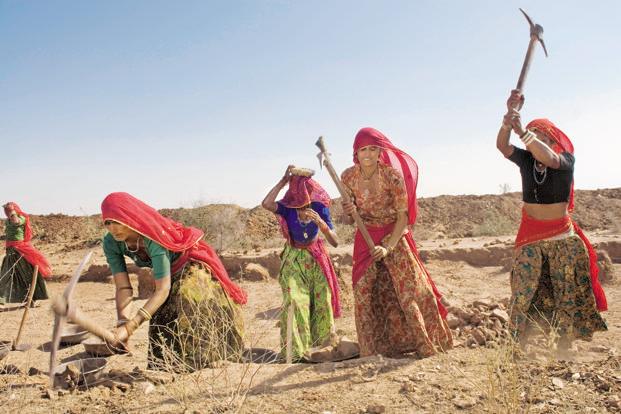
In the Union Budget 2020 the finance minister placed the women in the caring industry. While she proposed to allocate 28,600 for programmes specific to women, programmes to boost women’s employment were absent. The labour force participation of women had declined to 26% in 2018 from 36.7% in 2005. Reema Nanavaty, the executive director of Self Employed Women’s Association (SEWA), states that ‘feminisation of agriculture’ is a precarious condition because as women has to bear more of the agricultural work, in the 2011 census they were not categorised formally as farmers. This has serious socio-political implications as they can’t avail loans for cultivation, loan waivers, crop insurance, subsidies – or even compensation to their families in cases where they commit suicide.
Despite women being placed in the caring industry and a task force being set up to legislate on raising the marriageable age of women, the latter is rarely seen as an individual in her own right. The overarching presence of gender roles to be safely preserved had relegated women to not as citizens first but as mothers daughters wives. The category of lactating women and mothers had been ringing loud throughout the budget that makes it anything but gender just. However, loopholes exist when it comes to this as well; the Maternity Benefit (Amendment) Act 2017 that increased the duration of paid leave to 26 weeks, could only be availed by women who are in formal employment.
The Pradhan Mantri Matru Vandana Yojana violates the provisions of National Food Security Act 2013, by reducing the allotment to 5000 from 6000 to be paid as benefit for a child. The class bias in this Act comes to the forefront as mothers belonging to the most marginalised sections get paid very less as the wages are already very low, let alone compensation for it. According to an RTI survey, 55% of the women are not even eligible for the benefits as they only cater to the first living child that shrinks the accessibility of PMMVY to a mere 22% excluding more than half of the pregnant women. Women are considered ‘productive’ to the economy as long as they have given birth.
Are Farmer Suicides Important For The Budget?
Ranjana Padhi in her work Those Who Did Not Die takes us to the psychologically economically and socially disrupted landscape of Punjab, post Green Revolution that saw large scale suicides among farmers due to the erstwhile agrarian crisis owing to growing indebtedness. On popular media, we get to see the statistics of deaths, public protests, civic unrest and all possible forms of negotiations between the male farmers (mostly) and the state. Governments had fallen from power and rose to power owing to their lucrative loan waiving packages, but what happens back at the hearth and the home remain out of notice and hence silenced.
Due to deaths of the often sole breadwinners in families, women struggle to raise their children with no source of support or income as they are denied access to the land their husbands owned in joint property. They are often subjected to sexual abuse by money lenders and family members in the absence of state support as they are considered ineligible for loans, insurance and other farm subsidies.
Padhi in her path breaking work makes a feminist intervention at this juncture that uncovers the daily lived realities of helplessness, violence, poverty, and the struggle with state and familial patriarchy on the part of the widowed women. Padhi though starts off with elaborating how women are victimised in the process with complete insensitivity to their plight on the part of the state that continued to acquire land and withdrawing state subsidies in the face of large scale landlessness, and zero compensation, had braved all odds and actively participated in protests led by peasant organisations against the state. Women similarly today very recently marched to the capital demanding fair compensation, resettlement and rehabilitation packages for families afflicted by farmer suicides in the Union Budget of 2020.
Due to deaths of the often sole breadwinners in families, women struggle to raise their children with no source of support or income as they are denied access to the land their husbands owned in joint property. They are often subjected to sexual abuse by money lenders and family members in the absence of state support as they are considered ineligible for loans, insurance and other farm subsidies. Veerpal Kaur lost her husband, father and father in law owing to agrarian distress. She took up the causes of the widows of the farmers and farm death and unsuccessfully contested the 2019 Lok Sabha election from Bathinda in Punjab.
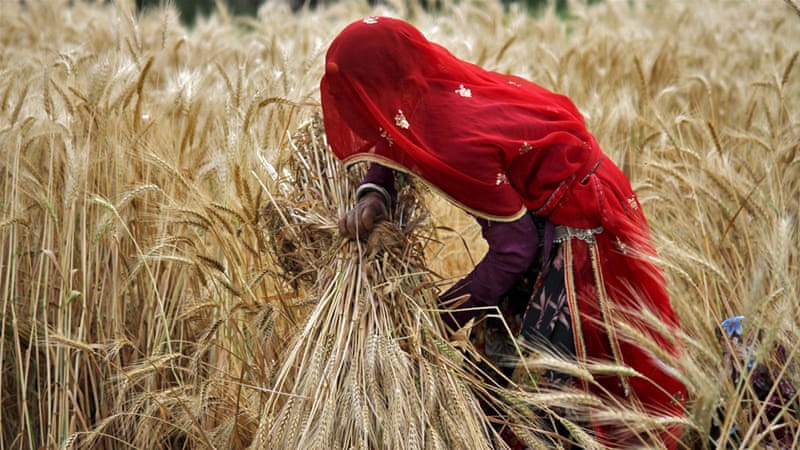
Activists from MAKAAM observe that some states do not even acknowledge farmer suicides or even take up the cause of the widows. More often than not the state responses in the forms of ex gratia compensations are highly uneven and decentralised with Telengana paying compensation of Rs 6 lakhs, Andhra Pradesh paying 7 lakhs while Maharashtra that has topped the chart of farmer suicides only provides 1 lakh. Punjab on the other hand doesn’t even recognise the deaths leading to multiple cases of suicide in the same family. The need of the hour they had stressed is a properly documented National Policy that would provide relief to families of farmers who had ended their lives because of indebtedness. That should also specifically include formal support system, counselling and rehabilitation of the widows
Conclusion
The Budget this time is no different. It has repainted the same old loopholes with newer statistics and numerical allocations with tad bit of surges here and there. The female agricultural labourers who had also been victims of suicide in the recent years with the numbers exceeding 19000, with highest recorded death in Telengana, the state reproduced its same old strategies in 2020 with reducing cost of inputs, doubling farmer’s income and better marketing, making no mention of the above issues whatsover.
What it cannot see in its short term growth oriented schemes is that agriculture requires holistic development and that all sub sectors are interrelated. Industrialising one sector won’t automatically upgrade the other, rather sieving out the already existing exploitative relationships innate in those structures and addressing them, implementing policies to make those function on just and egalitarian terms would prevent such crisis in the long term. Till then a gender just egalitarian budgeting is a distant reality.
Featured Image Source: Business Today
About the author(s)
I am a student of sociology and gender studies. I did my masters in sociology at Delhi School of Economics. However my interest in gender studies had intrigued me to take up this course seriously. Currently I am enrolled for masters at Ambedkar University Delhi. My interest areas lie in researching on the epistemology of protest, nationalism, queerness , the sociology of the family, student politics, work, body and labour. I aspire to write more and bring my insights closer to activism. Intersectional understanding for me had helped me become a better political individual.
